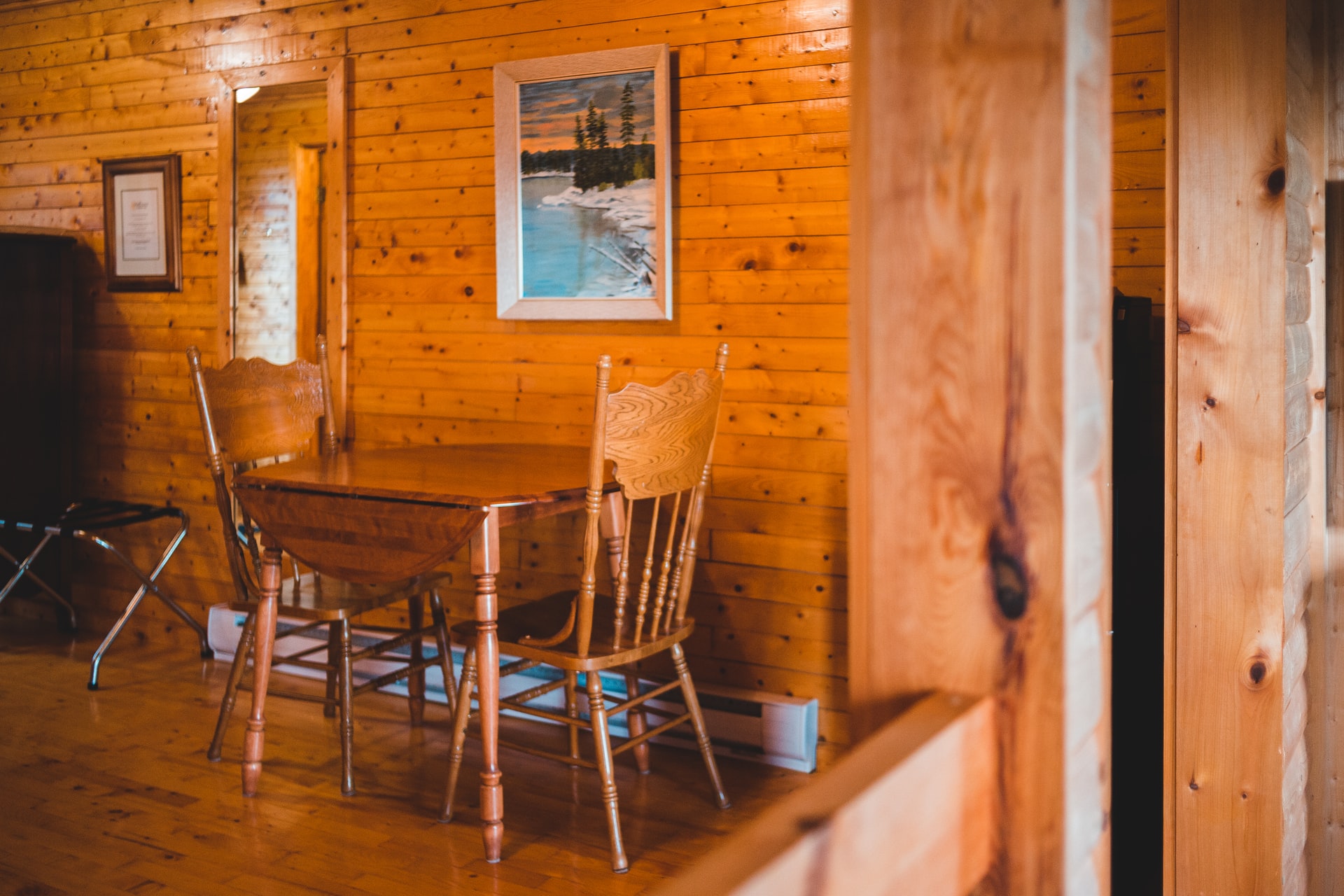
We are reader-supported. When you buy through links on our site, we may earn an affiliate commission.
If you find a good piece of antique furniture, the chances are it’s been around for a long time. It also may not have received the best treatment throughout its long life. We won’t point fingers, but there was a large generation of people who preferred to hide hardwood floors with linoleum, and hand-carved wood furniture with paint. If your next project involves restoring some antique wooden furniture to its former glory, here are some tips and tricks to make it a little easier when learning how to strip paint from wood furniture.
See If It’s Worth The Effort
You may have a diamond in the rough hidden amongst the painted furniture in your home — or you may be looking for something that was never there. Not every painted piece of furniture is worthy of restoration and staining. You can assess whether this project is even worth the effort by scraping in an easily hidden spot down to the base layer.
If it’s painted all the way down, chances are high that its wood wasn’t worthy of stain, to begin with. If you’ve got varnish on the base layer, then you’ve got your work cut out for you.
It’s All or Nothing
When you take on a wood stripping project, it’s important to remember that in almost every case, it’s going to be an all or nothing proposition. You’re not going to take the paint down one layer at a time until you find a color you like. The goal here is to take it down to its foundations so you can stain and varnish the wood.
When you go into this project, just remember that it’s all or nothing.
Option One: Heat
Your first option when it comes to stripping paint from wood furniture only requires two tools — a paint scraper and a heat gun. You can use heat to soften the paint, making it easier to scrape away.
This option can release fumes, so make sure you’re working in a well-ventilated area. There is also the risk that you can char or even burn the wood you’re trying to restore, so be cautious with your heat source.
Option Two: Chemicals
Option two is the one that most people are familiar with when it comes to removing paint — chemical thinners. There are three different types of paint stripping chemicals available on the market today: solvent, caustic and biochemical.
Solvents dissolve the bond between the paint and the wood beneath. Avoid solvent paint strippers that include methylene chloride — it can be incredibly dangerous if you’re not experienced. Caustic chemicals have a very high pH and will usually contain lye. They will burn your skin if you’re not careful. Biochemical strippers use natural acids to break the paint down and make it easy to scrape away.
Option Three: Sanding
Your third option for stripping paint from wood furniture is a little messier. You can use sanders — both manual and power — to remove layers of paint and varnish to expose the wood beneath. This can get more than a little messy, so you’ll want to work on this project outside or at least somewhere you won’t mind getting covered in wood and paint dust.
Depending on how intricate your furniture is, you may find yourself doing a lot of the sanding by hand because you won’t be able to fit large sanders or even Dremel bits into small areas.
Be Wary of Lead
How old is your furniture and when was the last time it got a fresh coat of paint? If it was before 1978, there is something else you need to be wary of — lead paint. Lead was a popular paint additive for thousands of years, dating back to the ancient Greeks because it improved the surface’s durability. Unfortunately, it can also be incredibly toxic and cause all sorts of health issues if inhaled or consumed.
If you’re concerned that your furniture might be coated in lead paint, there are DIY tests that you can pick up at your local hardware store. It’s important to note that lead paint isn’t a health hazard until it starts to peel or fragment. If there is lead paint, you’ll need to talk to an expert to determine the best way to move forward.
Once Stripped, Now Restored
Now that you have learned how to strip paint from wood furniture, you can move into the really fun part — restoration. Take your time on this. Sand the rough edges, stain the newly-exposed wood surface and cover it with a coat of varnish to protect it for years to come.










